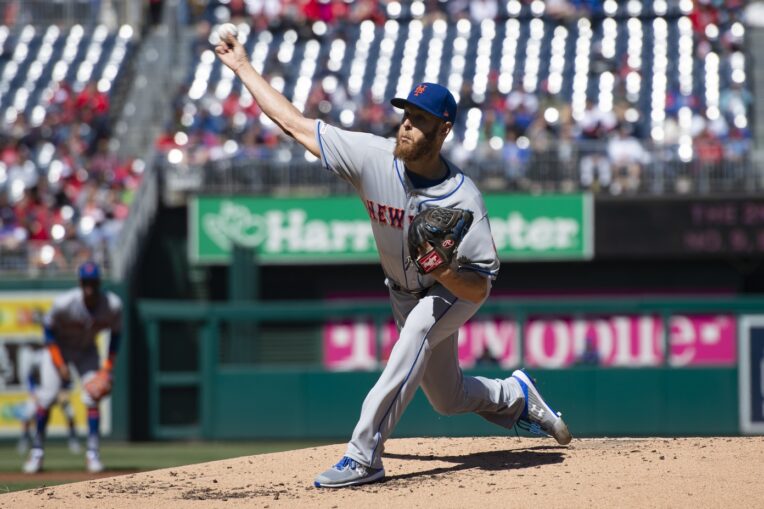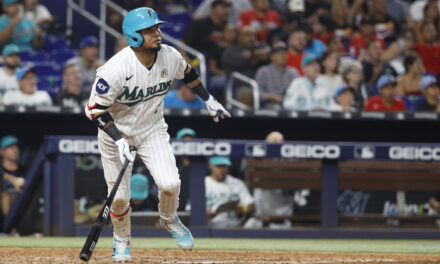
Zack Wheeler struggled in his first start of the season. Granted, at times he looked very good with his 98 MPH fastball running in on hitters. That said, his command was not on point which made him easier to square up.
Wheeler had a very similar start to Syndergaard in many ways. Both were not up to par and both struggled with the righties. Wheeler did a good job of pitching in to lefties like Noah, but both missed away to righties.
A good sign that Wheeler was off with his command was his exit velocity against. His average exit velocity against him was 91.4 MPH. Last season, Wheeler’s average exit velocity against him was 84.7 MPH and the average exit velocity was 89.2 MPH. Both were some of the lowest marks in all of baseball.
Wheeler’s fastball and slider were the only ones that he got over for strikes so he ended up falling in love with them. His curveball and splitter only combined for two swings in misses (out of 27) for the whole game.
Wheeler threw that splitter 12% of the time yesterday whereas last year, that number was about 5.9%. Even though it was not all that effective yesterday, he has shown an ability to put some serious movement on it.
The good news for Wheeler was that his velocity was very strong though by all measures. His average fastball velocity was roughly 97 miles-per-hour. His slider was a tick above 91 MPH and his splitter was at 90 MPH. It is a good sign for Wheeler and the Mets because the extra gain in velocity he found at the end of 2018 seems to have stuck around. Any issue seems to be a small flaw as opposed to a major physical issue that is bugging him.
Wheeler will get his re-match against the Nats at Citi Field. He should benefit from a normal routine and having six days in-between his starts.















